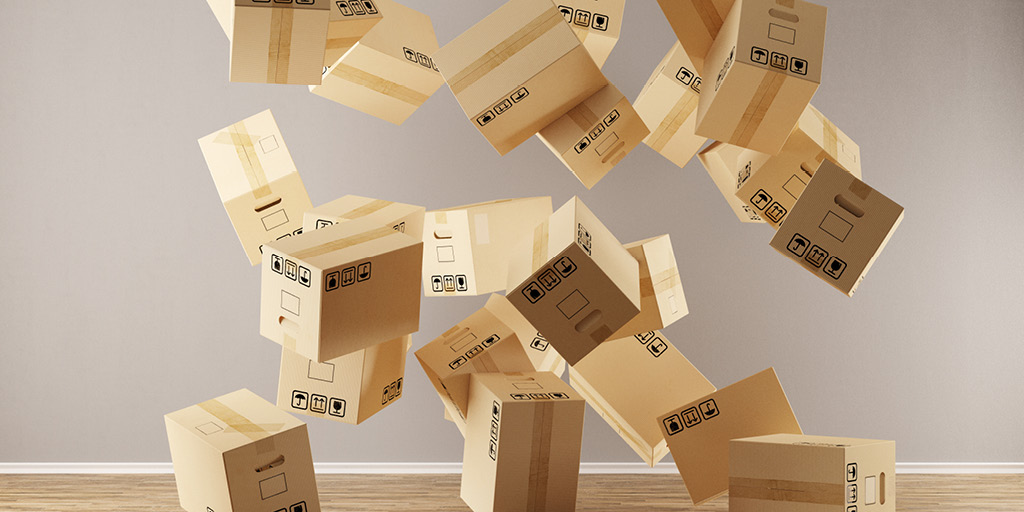Freight damage will occur. Even with the best-laid plans, cargo damage mitigation strategies, and careful handling, products may still arrive damaged. Unfortunately, freight claims management in logistics remains subject to wide interpretation and variance.
In other words, each carrier may have dozens, if not hundreds, of rules regarding the filing of freight claims. And, while international standards exist for the filing of claims for ocean, air, and over the road transport, carriers have the liberty to extend these timelines.
Instead of trying to hope for the best, shippers need to know the misconceptions surrounding claims management, how to mitigate risks, proactively manage claims, and achieve a timely resolution with a TMS and connected systems.
Misconceptions Surrounding Freight Claims Management
The biggest misconceptions surrounding freight claims management are simple. While cargo is in the possession of carriers, it’s the carrier’s responsibility to prevent damage and loss to the shipment.
While this model worked great for centuries, it does not work as effectively in global transport complexities. Depending on possession of the bill of lading and liability for cargo, shippers, freight forwarders, and even third-party logistics providers may be responsible for damages, not just the carrier. The misconception that carriers always bear the responsibility is rampant in the industry.
Furthermore, freight claims management is not as simple as proving damage. Carriers will want to know who caused the damage, when the damage was found, if damage photos are available to support claims, and much more. Claims management requires attention to detail and an exhaustive process to ensure reimbursement and resolution.
Mitigating Risks Remain Crucial to Effective Claims Management
It’s inevitable: things will go wrong on a freight shipment. The only solution for shippers and logistics service providers is to actively work to reduce the incidence of damage or cargo loss.
This includes tracking shipments for delivery, collecting proof of delivery, ensuring the proper handling of shipments, working with customers and business-to-business partners to deliver freight on time, and understanding events that supersede claims’ insurance.
The Carmack Amendment also comes into play. The Carmack Amendment is a law applied to motor carriers by Congress in 1935 which was adopted to achieve uniformity in rules governing interstate shipment. The Carmack Amendment spells out rights, duties and liabilities of shippers and carriers when it comes to cargo loss. In short, everyone must do their part to reduce the risk of damage.
How to Proactively Manage Risk, File Claims, and Resolve Issues
There are several tips for better freight claims management that benefit shippers and logistics service providers.
When it comes to effective freight claims, the fundamentals are paramount in proactive management to lower freight damage risk, such as:
- Improved, damage-resistant packaging.
- Checking labels for accuracy.
- Working with carriers to avoid the “rush” during pickup and drop-off.
- Properly completing documentation.
The distinction between these fundamentals and the tips to succeed focuses on hoe much you depend on technology. For example, these steps can help mitigate, file, and resolve freight claims:
- Use software-as-a-service systems, including a TMS, to connect your whole supply chain and capture the necessary data around each freight shipment. This makes it much easier to process the freight claim if necessary.
- Leverage automated alerts and exception algorithms to address any deficiencies or delays, preventing a premature claim.
- Take advantage of predictive analytics to recognize when things may go wrong.
- Collect all necessary documentation, including photos of the damage, original invoices, estimates for repairs (if applicable), and proof of delivery.
- File the claim using the carriers’ or service providers’ online claims’ portals.
- If possible, file claims within your integrated carrier-connected TMS.
- Consider outsourcing the freight claims management side of logistics.
- Track the time. Chris Cotter, via Inbound Logistics provides these guidelines for submitting a claim:
For ocean shipments, the timeline to file a claim is only three days from delivery, and the deadline to file suit is one year from the date of delivery.
Boost Your Freight Claims Management Processes With the Right Partner
Proactive freight claims management will reduce the impact of damage and losses to your supply chain.
Attention to detail and the tips listed above will help shippers and carriers work together to reduce preventable issues. Meanwhile, a standardized, digital process for managing freight claims eliminates the hassle and burden of manual management by streamlining the process.
At the same time, automated systems could process claims and complete reimbursements, further reducing the cost impact.
Depending on the size of your organization, developing such systems might be out of the equation. Fortunately, you don’t have to rely only on your internal resources.
By partnering with MercuryGate you are able to take advantage of the resources and experience necessary to help mitigate, process, and resolve freight claims.
And, with MercuryMyEZClaim, you have the added experience of the world’s first freight claim management software.



One Response
Simply desire to say your article is as surprising. The clearness in your put up is just spectacular and that i
can think you are an expert in this subject.
Fine along with your permission allow me to grasp your feed to stay up to date with forthcoming post.
Thanks one million and please carry on the rewarding work.